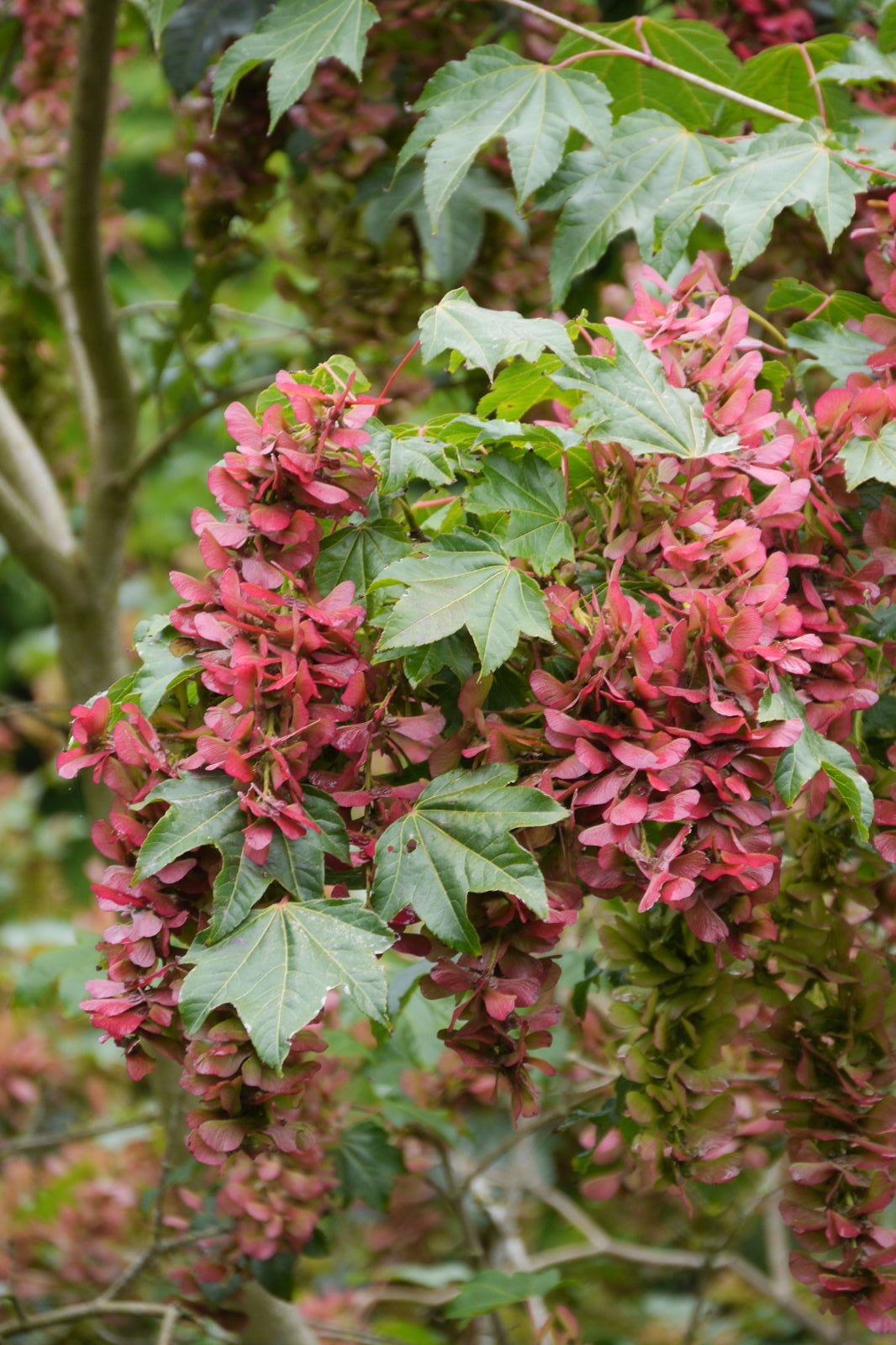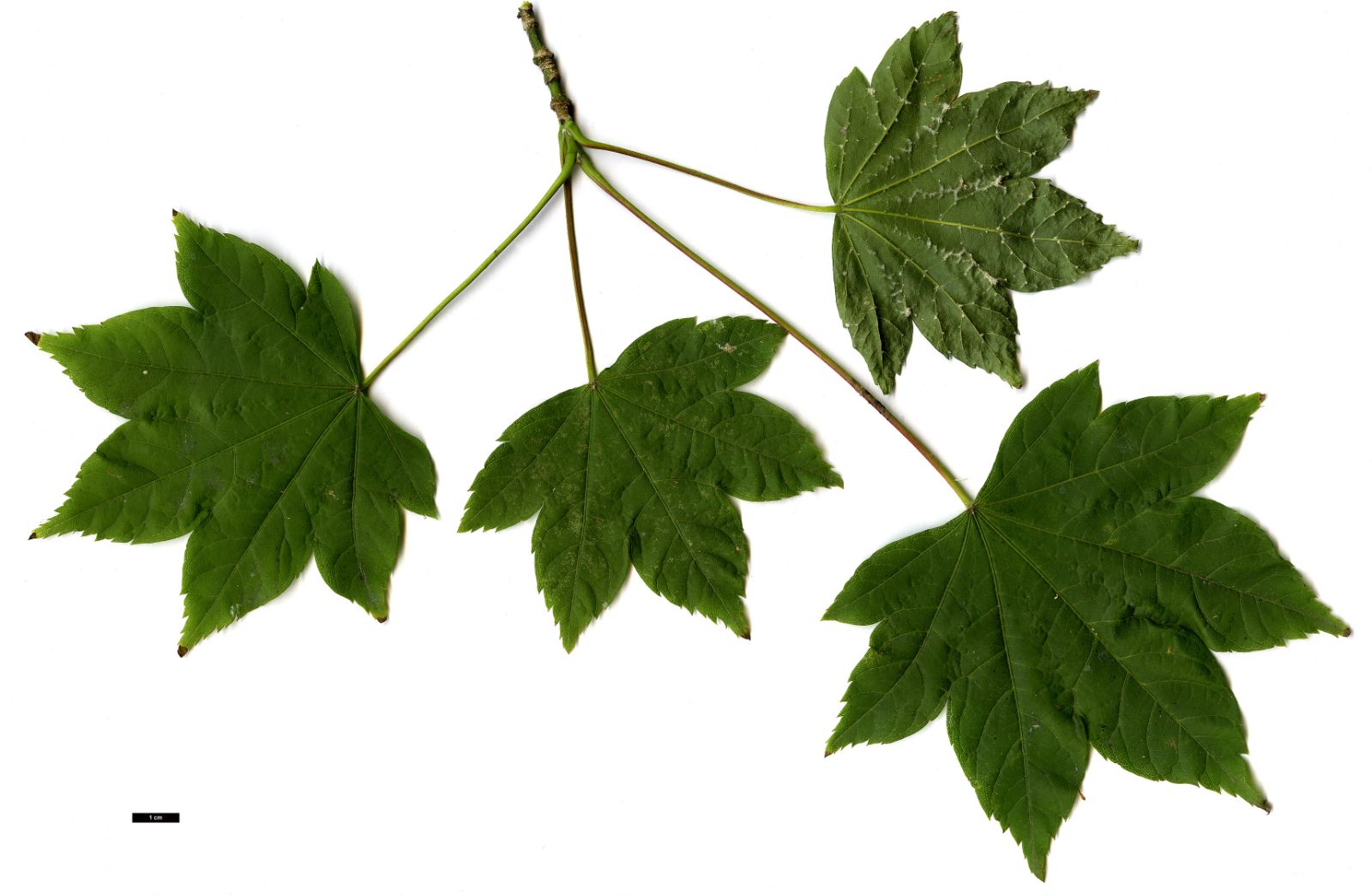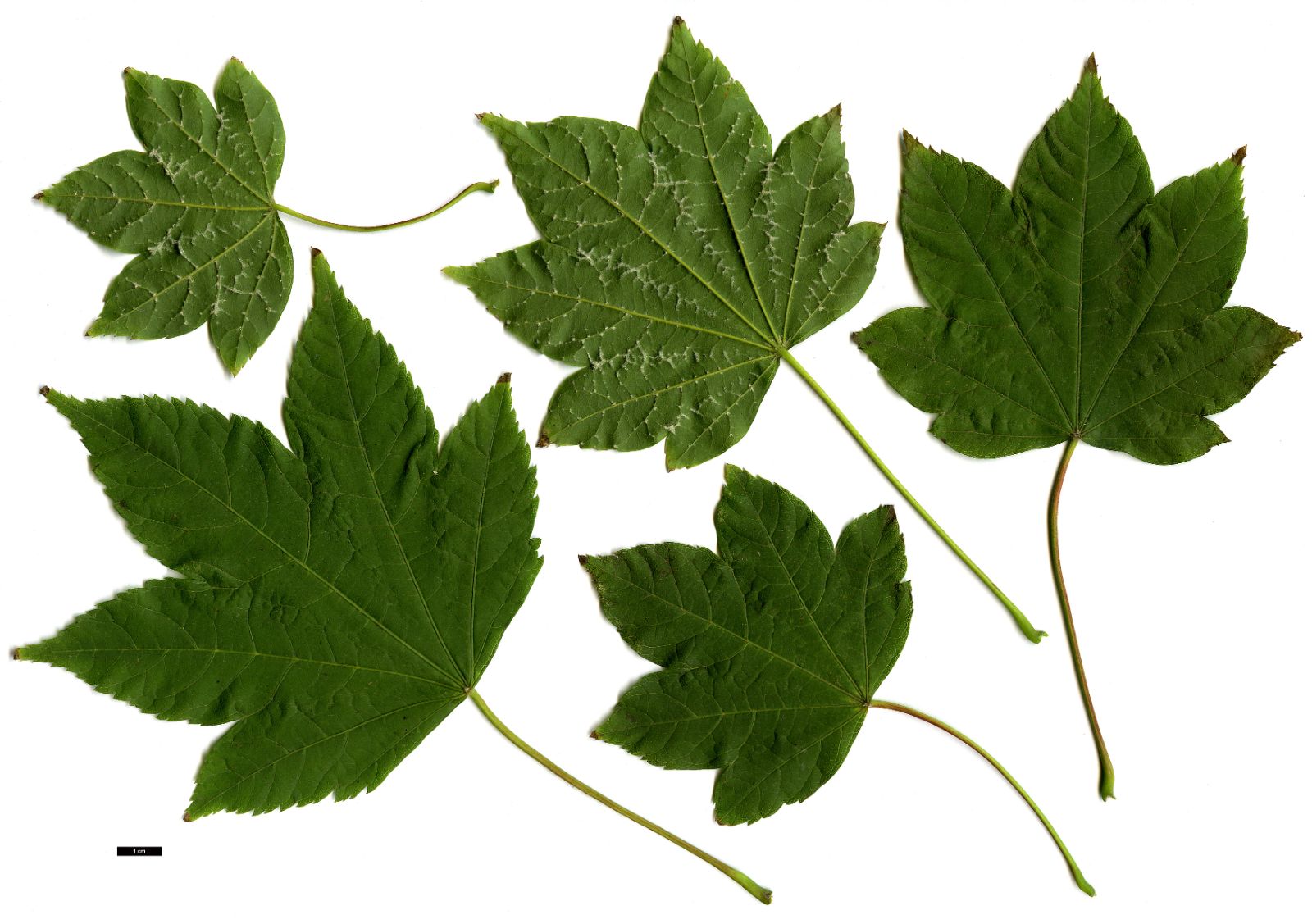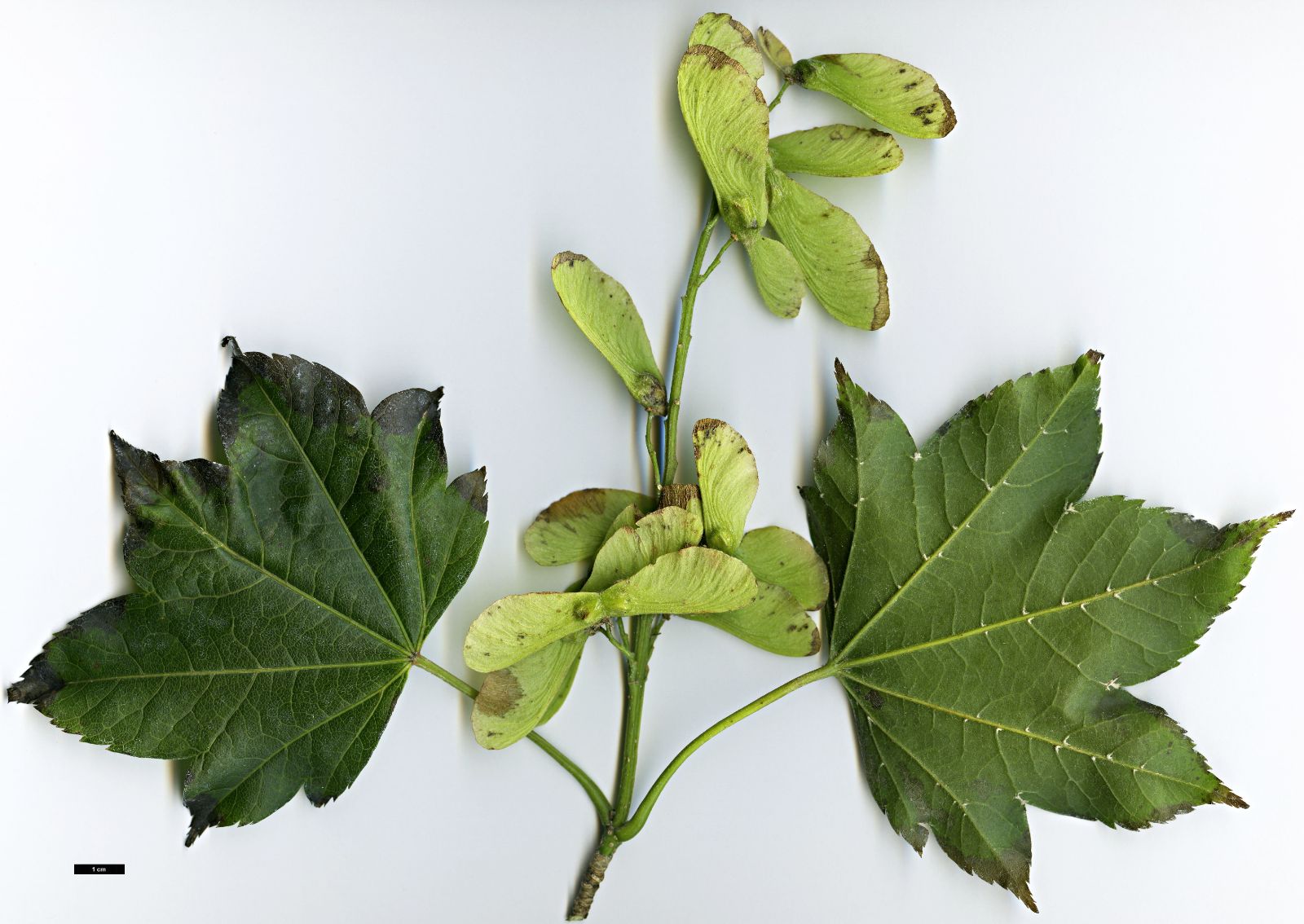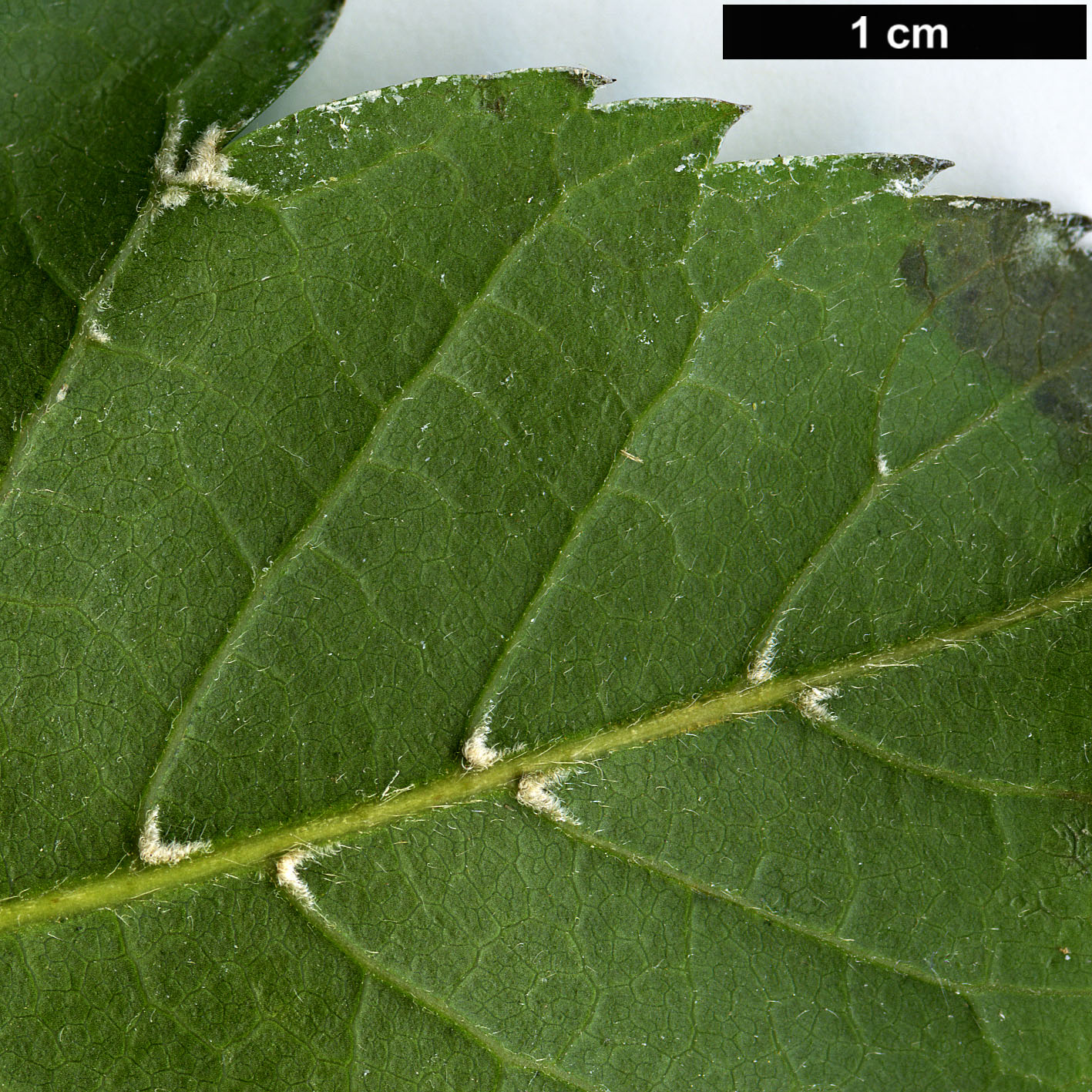Acer erianthum
Sponsor
Kindly sponsored by
Lawrence Banks
Credits
Dan Crowley (2020)
Recommended citation
Crowley, D. (2020), 'Acer erianthum' from the website Trees and Shrubs Online (treesandshrubsonline.
Genus
- Acer
- Sect. Palmata, Ser. Sinensia
Common Names
- Woolly-flowered Maple
Other taxa in genus
- Acer acuminatum
- Acer amplum
- Acer argutum
- Acer barbinerve
- Acer buergerianum
- Acer caesium
- Acer calcaratum
- Acer campbellii
- Acer campestre
- Acer 'Candy Stripe'
- Acer capillipes
- Acer cappadocicum
- Acer carpinifolium
- Acer 'Cascade'
- Acer caudatum
- Acer ceriferum
- Acer chapaense
- Acer chienii
- Acer circinatum
- Acer cissifolium
- Acer × conspicuum
- Acer cordatum
- Acer coriaceifolium
- Acer × coriaceum
- Acer crataegifolium
- Acer davidii
- Acer diabolicum
- Acer distylum
- Acer divergens
- Acer duplicatoserratum
- Acer elegantulum
- Acer 'Esk Flamingo'
- Acer fargesii
- Acer fenzelianum
- Acer flabellatum
- Acer forrestii
- Acer franchetii
- Acer × freemanii
- Acer fulvescens
- Acer 'Gimborn'
- Acer ginnala
- Acer glabrum
- Acer 'Gold Coin'
- Acer granatense
- Acer grandidentatum
- Acer griseum
- Acer heldreichii
- Acer henryi
- Acer × hillieri
- Acer hookeri
- Acer hyrcanum
- Acer japonicum
- Acer kawakamii
- Acer komarovii
- Acer laevigatum
- Acer laurinum
- Acer laxiflorum
- Acer lobelii
- Acer longipes
- Acer macrophyllum
- Acer mandshuricum
- Acer maximowiczianum
- Acer maximowiczii
- Acer metcalfii
- Acer miaotaiense
- Acer micranthum
- Acer 'Mindavi'
- Acer 'Minorient'
- Acer miyabei
- Acer miyabei × campestre
- Acer monspessulanum
- Acer morifolium
- Acer 'Mozart'
- Acer oblongum
- Acer obtusifolium
- Acer okamotoanum
- Acer oliverianum
- Acer opalus
- Acer orientale
- Acer palmatum
- Acer papilio
- Acer pauciflorum
- Acer pectinatum
- Acer pensylvanicum
- Acer pentaphyllum
- Acer pentapotamicum
- Acer pictum
- Acer pilosum
- Acer pinnatinervium
- Acer platanoides
- Acer platanoides × amplum
- Acer platanoides × truncatum
- Acer × pseudoheldreichii
- Acer pseudoplatanus
- Acer pseudosieboldianum
- Acer pubinerve
- Acer pycnanthum
- Acer rubescens
- Acer rubrum
- Acer rufinerve
- Acer saccharinum
- Acer saccharum
- Acer sempervirens
- Acer 'Serpentine'
- Acer serrulatum
- Acer shenkanense
- Acer sieboldianum
- Acer sikkimense
- Acer 'Silver Cardinal'
- Acer 'Silver Ghost'
- Acer sinense
- Acer sinopurpurascens
- Acer spicatum
- Acer stachyophyllum
- Acer taronense
- Acer tataricum
- Acer tegmentosum
- Acer tenellum
- Acer tetramerum
- Acer tibetense
- Acer tonkinense
- Acer triflorum
- Acer truncatum
- Acer tschonoskii
- Acer turkestanicum
- Acer tutcheri
- Acer ukurunduense
- Acer velutinum
- Acer wardii
- Acer 'White Tigress'
- Acer wilsonii
- Acer × zoeschense
A deciduous tree to 15 m. Bark greenish grey. Branchlets glabrous, purplish red or greenish. Buds ovoid, with four pairs of imbricate scales, margins pilose. Leaves broadly pentagonal in outline, base subcordate to rounded, 5– to 7-lobed, 9–10 × 8–12 cm, lobes broadly ovate, apically acuminate, margins serrate with acuminate teeth, upper surface bright green, lower surface paler, with prominent pubescent tufts in vein axils and scattered throughout; petiole 5–9 cm long, green, glabrous; autumn colours yellow. Inflorescence paniculate racemose, erect, many flowered, pilose or glabrous, to 9 cm. Flowers 5-merous, usually dioecious, pedicels slender, sepals ovate, petals obovate, petals slightly shorter than sepals, stamens eight, inserted inside the glabrous nectar disc, ovary densely pubescent. Samaras red to purple, 2.5–3 cm long, wings spreading variously. Nutlets ovoid. Flowering May, fruiting in September. (Xu et al. 2008).
Distribution China Southern Gansu, northern Guangxi, western Hubei, southern Shaanxi, Sichuan, Yunnan.
Habitat Mixed forests between 1000 and 2300 m asl.
USDA Hardiness Zone 6-7
RHS Hardiness Rating H7
Conservation status Least concern (LC)
The original introduction of Acer erianthum is noted by Bean (1976) as being that of Wilson, in 1907, though given his collection of that year was made in July (W 1931), it is possible that the first successful introduction made was that of 1910, W 4428 (Sargent 1913; Bean 1976). Both collections were made in Hubei (Sargent 1913), and a plant from the latter, planted at RBG Edinburgh in 1911, still remains (Bean 1976; Royal Botanic Garden Edinburgh 2018). On the other hand, van Gelderen & van Gelderen (1999) and Harris (2000) attribute its introduction to Charles Maries in 1907, while van Gelderen et al. (1994) state that it was introduced by Wilson in 1901, while collecting for the Veitch Nurseries. It was described as a species in that year, from Augustine Henry’s collection number 8989, made in Sichuan van Gelderen et al. (1994). The species is noted as ‘not a very succesful plant in cultivation’ by van Gelderen & van Gelderen (1999 p. 65), on account of its lack of autumn colour and the tendency for its leaves to shrivel in the sun. However, if given optimal conditions, it can prove quite stunning in fruit by mid- to late summer. Morphologically, the species is easily distinguished from other maples in leaf as soon as one is turned over, with several tufts of persistent, white woolly hairs immediately apparent. Its flowers are also distinctively clothed in dense pubescence, while fruits can be held erect, though when produced in profusion are soon drooping.
Acer erianthum was collected three times on the SABE expedition of 1980 to the Shennongia Forest District, Hubei, under numbers 1041, 1531 and 1781 (Bartholomew et al. 1983). In the United States, SABE 1041 grows at the Arnold Arboretum, Massachusetts, 1531 is at the United States National Arboretum, Washington D.C., and 1781 grows at the Morris Arboretum, Philadelphia (American Public Gardens Association 2017), while this collection is also represented at RBG Kew. More recent American collections include NACPEC 10–032, collected in Zhashui County, Shaanxi, in 2010, which also grows at the Morris and Arnold Arboreta, as well as the David C. Lam Asian Garden, Vancouver. NACPEC 16–014, from Songpan County, Sichuan, is represented in several United States collections, while BHMWZ 084, also from Sichuan, is another at the David C. Lam Asian Garden (American Public Gardens Association 2017). The species was also collected by the SICH collecting teams on their expeditions to Sichuan. SICH 406 was collected on the first SICH expedition in 1988, from 2400 m, where it grew on a steep mountain side with a Tsuga species.
Plants grown from this collection are among the most spectacular of the species in fruit, which turn a vibrant pinkish red. A fine example at Howick Hall Arboretum, Northumberland, measured at 8 m tall in 2019 and ‘surprisingly vigorous’ (O. Johnson pers. comm. 2019), is best seen (and photographed) from the road bridge which passes over the garden. An example of the same collection has reached the same height in the woodland glade at RBG Kew by 2016 (The Tree Register 2018). Also at Kew is the later collection, of 2001, SICH 2262, from Tianquan County, where the species was found at 2525 m in association with Buddleja davidii, Carpinus sp. and Juglans mandshurica. Examples of this collection were found growing in gardens under A. caudatum subsp. multiserratum by Erskine (2012) (now a synonym of A. caudatum (Xu et al. 2008)), though this species belongs to section Spicata rather than Palmata. While both have upright inflorences, the woolly tufts of A. erianthum on its lower leaf suraces helps quickly distinguish the two.

